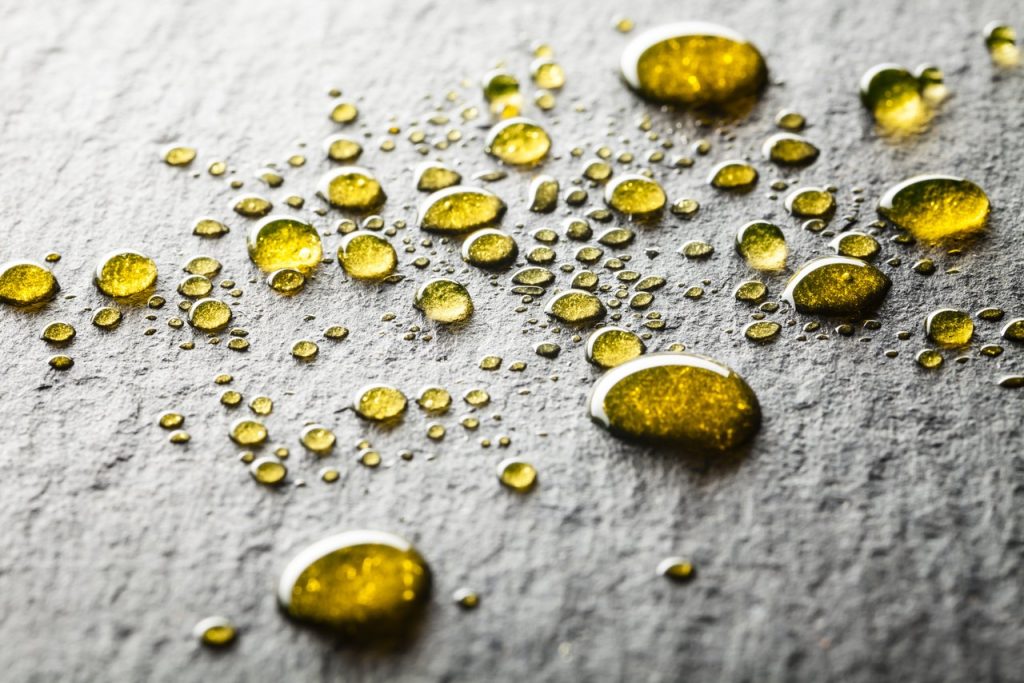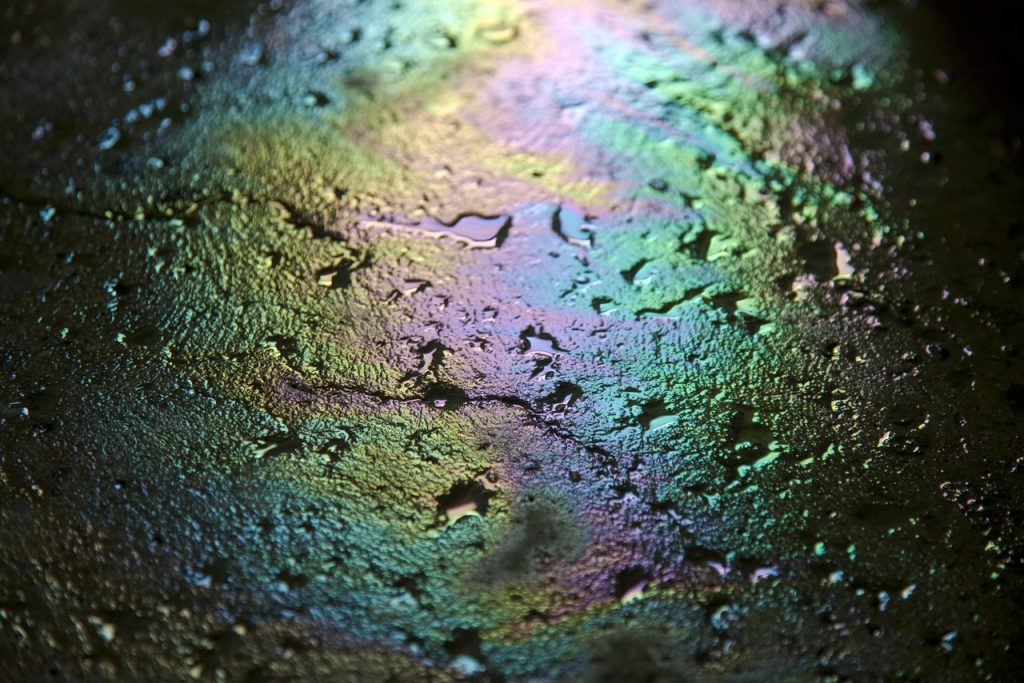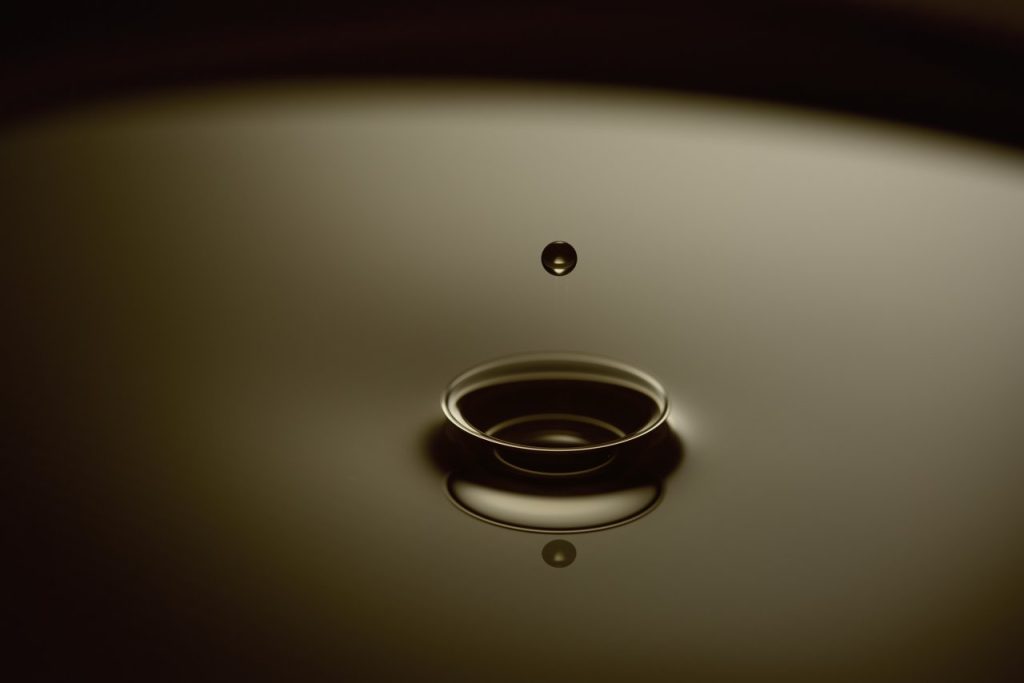We are your competent partner for hydraulics.
Continuous further development is therefore a matter of course. Our way of working is a process that is supported by the latest design and manufacturing technology in construction, from brainstorming to series production of specially developed machines.

The hydraulic fluid is essential for the functioning of the complex hydraulic system.

Oil cleanliness classes define the amount of particles in hydraulic oil according to ISO standards to ensure cleanliness.

Product support plays a key role in the successful operation and long-term performance of hydraulic systems. Comprehensive technical advice, reliable service and continuous support from Hydreco Hydraulics ensure smooth operation.
Environmentally friendly hydraulic fluids |
|
|---|---|
| Polyglycols | HEPG |
| Vegetable oils | HETG (rapeseed oil) |
| Synthetic esters | HEES, HLP-S |
Non-flammable or flame-retardant hydraulic fluids |
|
|---|---|
| Pure water | H2O |
| Mineral oil-based fluids containing water | HFA E |
| Synthetic-based fluids containing water | HFA S |
| Mineral oil-based fluids containing water | HFB |
| Polyglycol-water solution | HFC |
| Anhydrous phosphoric acid ester | HFD |
Speciality liquids |
|
|---|---|
| Food technology | USDA |
| Agricultural machinery | UTTO |
| Aerospace | MIL H5606 |
The main task of the fluid is to transfer the energy for the generation of movements, forces and torques from the hydraulic pump to the hydraulic motor. In doing so, it is subjected to high pressures and sometimes extremely high or low temperatures. Today's hydraulic devices are designed in such a way that the hydraulic fluid also serves as a lubricant for all moving parts. The high surface pressures in many hydraulic devices require the fluid to have particularly good lubricity. It must have good adhesion to the component surfaces to be lubricated so that the closed lubricating film required for hydrodynamic lubrication is formed, which is an essential prerequisite for low wear and prevents mixed friction conditions.
Many components of hydraulic systems, especially in mobile machines, are at risk of corrosion, so that the hydraulic fluid must also take on the task of corrosion protection. Humidity, rain and condensation water as well as the chemical aggressiveness of aged hydraulic fluid can lead to surface corrosion of the metal parts. When energy is converted in hydraulic devices, the unavoidable heat loss usually occurs in very localised areas. In order to counteract excessive heating, the heat must be dissipated with as little effort as possible, so that the fluid also has the task of transporting heat as intensively as possible. Various chemical substances (additives and inhibitors) are added to the base oil to achieve certain required hydraulic oil properties. These active substances are subdivided into
The additives and inhibitors are not subject to any general binding standard and can therefore vary from manufacturer to manufacturer and / or change over time. It is therefore advisable to obtain sufficient information from the manufacturer for untested hydraulic fluids. Especially when changing or mixing hydraulic fluids.
The most harmful contaminants in hydraulic systems can come in a wide variety of sizes, shapes, conditions and quantities. As a rule, these particles have a size of 6 to 14 micrometres - i.e. 0.006 to 0.014 mm - and are not perceptible to the human eye. By comparison, the diameter of a human hair is 70 micrometres and that of a red blood cell is 8 micrometres.
The distribution of contaminants in a hydraulic fluid is summarised in corresponding ISO standards by counting the particles per 100 ml of fluid. The values are summarised and converted into numerical codes for the sake of simplicity. In every system, the oil has an initial level of contamination that changes over the course of use due to clogging.
The unavoidable impurities in the hydraulic system and the impurities that arise during operation as a result of output and chemical reactions cause more and more impurities due to further wear and thus faster and faster wear if impurities are not removed from the system by suitable filtration. As the filters cost comparatively little in relation to the costs of the overall hydraulic system, but have a considerable influence on the service life, the effectiveness of the filtration should be considered first and foremost and not the price. Especially against the background of ever higher power densities such as high pressures and speeds as well as tight fits.
The filters must be designed and maintained in such a way that they do not exceed the required oil cleanliness class as a minimum! The previous assumption that, for example, a filter with a filter fineness of 25 μm retains absolutely all particles > 25 μm is insufficient, as not all particles are circular, but can also have a diameter of 10 μm with a length of 40 μm and can therefore pass through a 25 μm filter. For this reason, the effectiveness of the filter is now defined according to the β (beta ratio) and the resulting percentage filter efficiency. These values are determined using the multi-pass test in accordance with ISO 4572, i.e. the number of particles of the same size from the filter is set in relation to the number of particles after the filter (beta ratio).

Contact us now for customised hydraulic solutions that meet your requirements!
Mühlgraben 13 + 14
38350 Helmstedt
Phone: +49 5351 / 5586 0
Fax: +49 5351 / 37324
E-mail:

The Duplomatic Group designs and manufactures technological solutions for motion control, intended for multiple sectors.
It is present on the market with three brands: Duplomatic for industrial applications, Hydreco for mobile applications and Continental Hydraulics for industrial applications in North America.